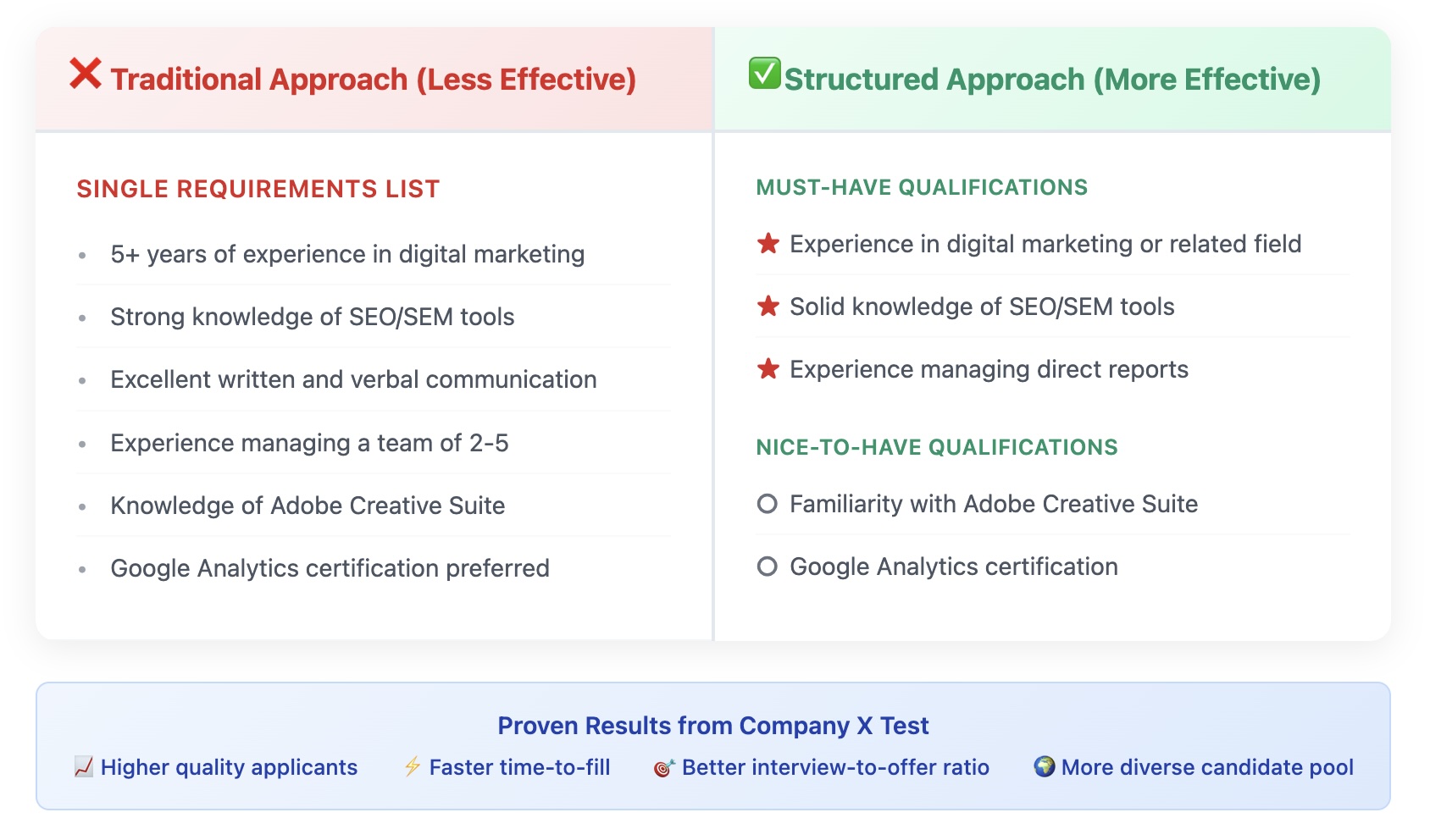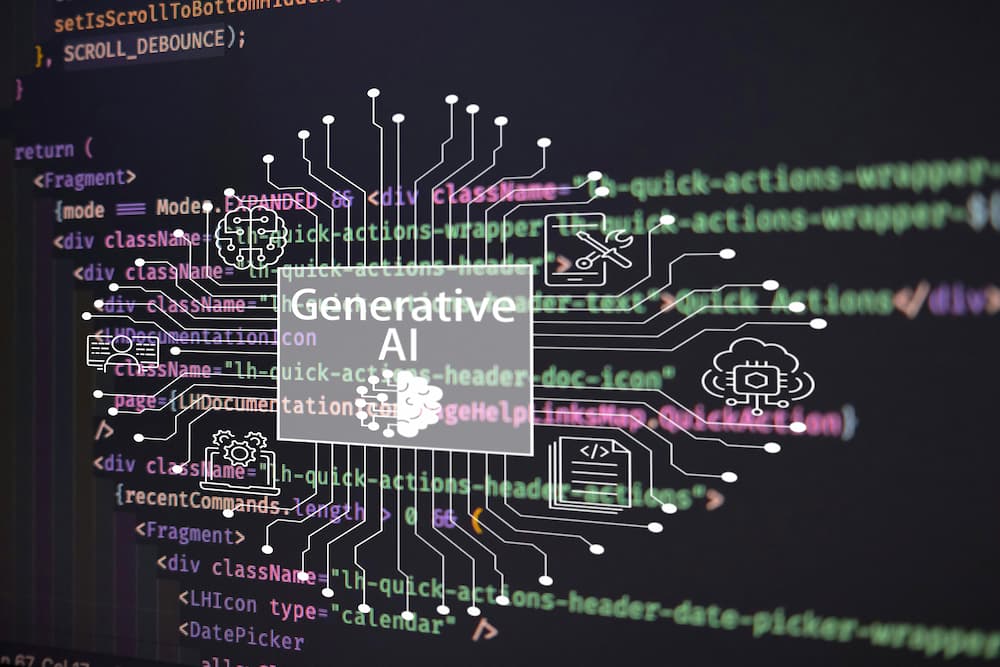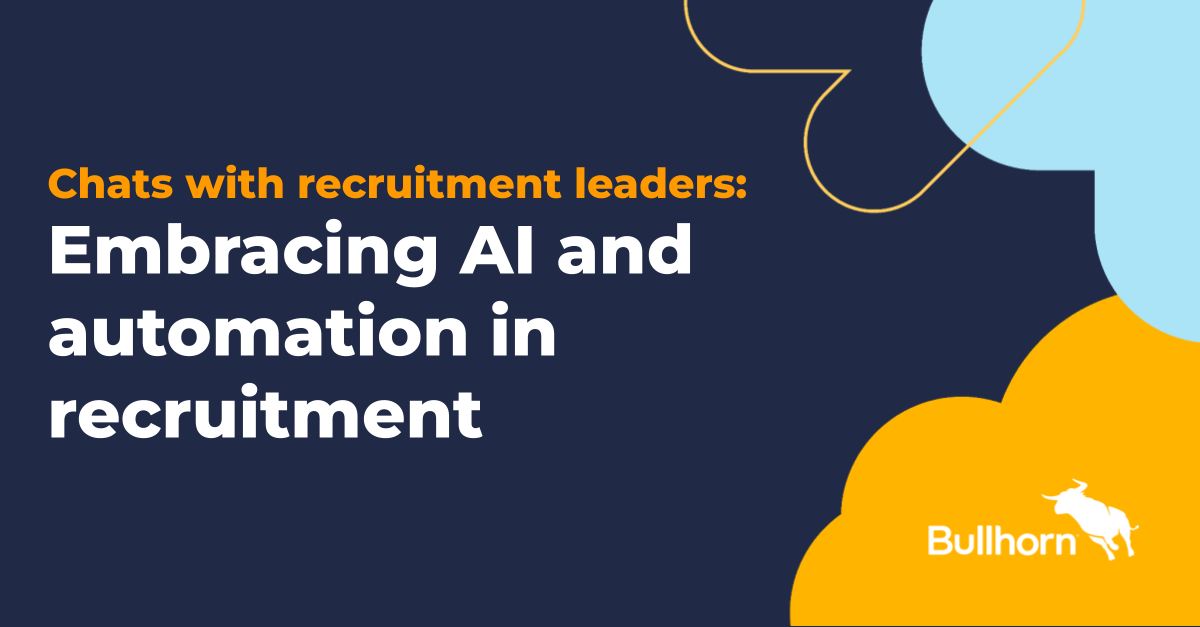The landscape of talent acquisition is undergoing a seismic shift. According to recent data, 40% of employers on LinkedIn are now using a skills-first approach to fill open roles—up 20% year-over-year. However, while the chatter around the value of skills-based hiring continues to rise, recent research from the Burning Glass Institute shows that for roles where degree requirements were dropped, companies saw just a 3.5% increase in hires without a bachelor’s degree. In short, companies aren’t actually hiring more people based on their skills versus their degrees.
There are two reasons why this is happening: poor skills-based hiring implementation and limited training for recruiters and hiring managers on how to assess for skills. Taking that one step further, companies also haven’t planned for how skills-based hires attain the training and education they will need after initial hire to move up within the organization. This leaves hiring managers and recruiters concerned that entry-level hires won’t be able to progress and remain within the organization.
These trends lead hiring managers and recruiters to continue to gravitate toward degrees as a subconscious indicator of skills and future internal success. Unless the actual skills needed to do the job have been identified and a way to evaluate them is included in the hiring process, this will remain a barrier.
For an organization to address this, recruiters and hiring managers must first understand how to confidently evaluate and hire someone based on skills. This involves creating a skills taxonomy, designing skills assessments and implementing skill mapping. Once recruiters and hiring managers can assess skills and candidates have an avenue to demonstrate skills, the hiring process will be able to achieve its promise of matching talented candidates with open roles. After the hire, implementing workforce education programs will enable that individual to meet the ever-increasing demand for new skills and even attain that degree that is likely to remain a prerequisite for management positions.
To understand these issues with clarity, let’s begin by examining the value of skills-based hiring and workforce education. Then conclude with how to implement a strategy that sets skills-based hiring up to succeed in both speeding time-to-hire and building a robust internal talent pipeline.
Skills-based hiring entails replacing degree requirements on job descriptions with the relevant skills needed for the role. With this approach, individuals (existing employees as well as candidates) gain access to opportunities they are qualified for that may have been previously out of reach due to traditional educational barriers (also called the paper ceiling). This is good news for companies that can now:
Widen talent pools
One of the main benefits of skills-based hiring is that it broadens candidate pools by creating new opportunities for people without traditional educational backgrounds. A recent analysis found that S. talent pools expand by nearly 19 times when employers evaluate candidates based on skills. These workers, also referred to as STARs (Skilled Through Alternative Routes) and estimated to include 70 million-plus people, have skills and experience, but lack a four-year degree.
Attract better hires and reduce recruiting costs
The likelihood of making successful hires increases, with 88% of employers that use skills-based hiring reporting a reduction in mis-hires. These employers are also more likely to lower recruiting costs, with 82% of them reducing their time-to-hire and 74% reducing their total hiring costs.
Further DEI goals
In the past decade, college education costs have surged by 25%, making a four-year degree unattainable for millions of Americans unable to afford the rapid increase. Skills-based hiring serves as a crucial avenue for advancing diversity, equity and inclusion in the workplace. By evaluating individuals based on their ability to perform required duties, employers open up opportunities for individuals historically excluded from jobs based primarily on education.
Even though eliminating degree requirements for select roles is sensible for recruiting teams to expand hiring pools, upskilling internal talent is the next link in the chain for a vibrant talent strategy. An employee who knows your business is a valuable asset, and offering workforce education mapped to in-demand skills can help retain and grow them.
This is especially valuable for new hires without degrees and can deliver:
Strong talent pipelines with better employee retention
Workforce education fuels success. Companies with strong learning cultures see higher rates of internal mobility and a healthier talent pipeline. Additionally, research underscores the importance of education in driving higher rates of employee retention, a top concern for 90% of organizations. These companies prioritize learning opportunities as the No. 1 retention strategy.
The workforce of the future
In addition to degrees, education also includes skills courses, certificates, industry certifications and more. Each can be leveraged to meet the in-demand and future needs of your workforce. In fact, 89% of L&D professionals agree that nurturing employee skills with education will help navigate the evolving work of the future.
Higher earning potential and increased quality of life
Individuals with a bachelor’s degree generally earn 75% more during their career than those with only a high school diploma, and the financial advantages increase as the level of educational attainment rises. Furthermore, people who have degrees tend to have better health outcomes and live longer than those who didn’t graduate from high school.
An “outside-in, inside-up” approach—that hires people for skills, then helps them grow internally and advance with continuing education—allows new hires to accelerate their careers in fast-growing industries.
Define the skills and how to assess them
As an initial step, every company planning to implement skills-based hiring should establish a common language and framework for skills within the company. Specific steps include:
- Align internally on a skills taxonomy to use across job families.
- Analyze job descriptions and interview internal subject matter experts to establish the skills required for key positions you’re targeting for degree removal.
- Develop skills assessments and mapping to ensure hiring managers and recruiters feel confident that the candidates they are interviewing have the skills needed, even if they don’t have a degree.
Identify education programs that further develop those skills post-hire
The goal of any new hire should be to nurture and grow them so that they can deliver maximum impact for the organization. The best way to accomplish this is by providing a clear career path internally that will engender employee loyalty and engagement.
To retain high-potential employees, education and upskilling programs are essential so that workers can continue to evolve their skills and be ready for that next role. Whether it is helping an employee take on more responsibility, move into a management position or shift into a higher-value technical role, education is the connecting link that allows employees to gain these skills and move from one milestone to the next.
When employers are offered tuition coverage for education, they are empowered to take charge of their own careers and seek out internal positions that align with their skills and interests. At the same time, companies build a talent pipeline from within to address key staffing needs, promote higher employee engagement and enhance their employer brand by showcasing their investment in continuous development to job seekers.
As an example of how all of these steps weave together, InStride recently partnered with Medtronic to remove degree requirements for more than 60 roles across 15 job families, including operations, supply chain and IT roles. Together, the companies designed career paths to provide employees with a glimpse into a day in the life of roles within targeted job families, an overview of the skills required to perform them and tuition-free educational programs they could access through InStride’s platform to develop the required skills.
Ultimately, the advantage of uniting skills-based hiring with education lies in its ability to create a more inclusive, dynamic and effective employment ecosystem that fosters innovation while empowering individuals and organizations to thrive in an ever-changing work landscape. Leveraging the unique strengths of each creates a dynamic synergy that surpasses what either one could achieve alone.











